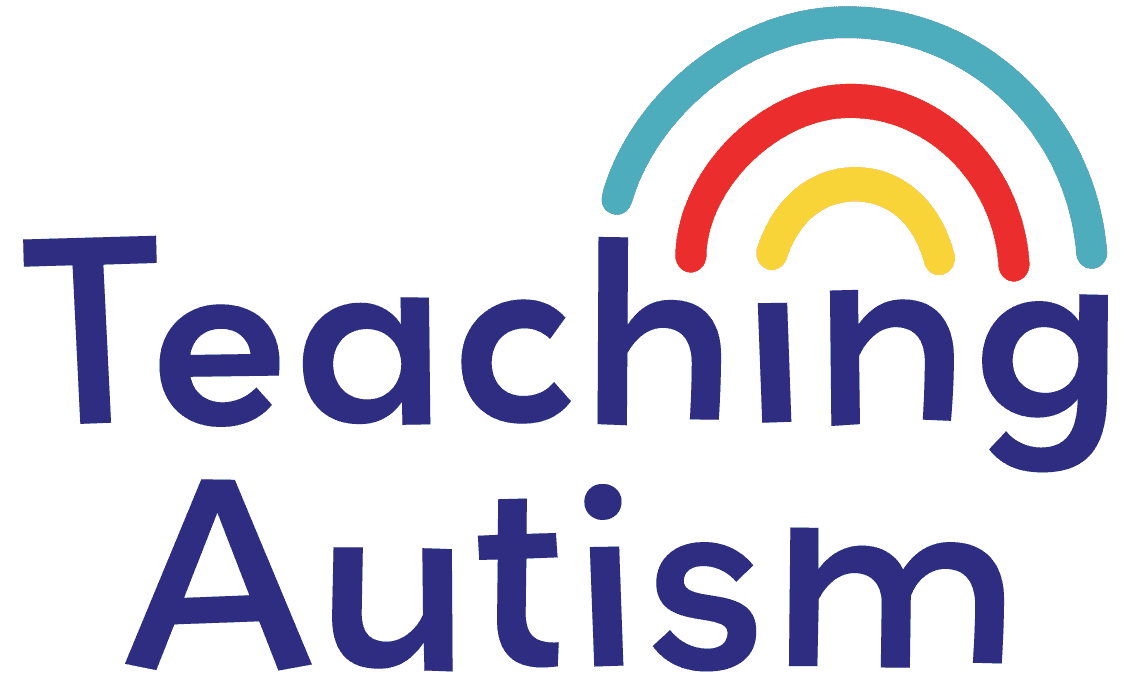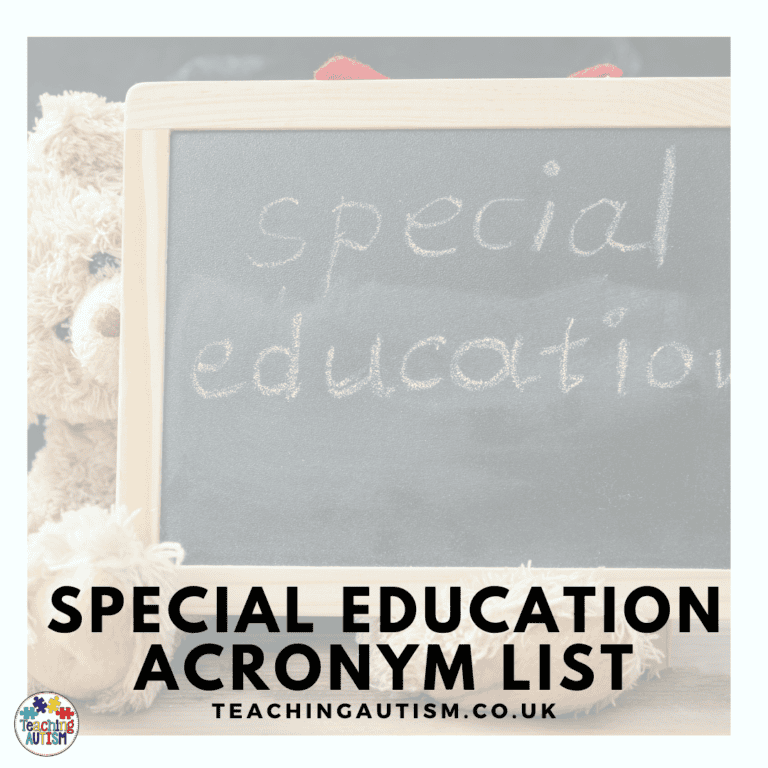Supporting Autistic Students During Transitions
Supporting Autistic Students During Transitions: Tips for Teachers
Transitioning from one activity to another can be a challenge for our students. It can be overwhelming for them to switch their focus from one task to another, and they may struggle with the change in routine.
As an educator, it is important for us to understand how to support our students during transitions to ensure they have a successful school day. In this blog post, I am going to discuss some tips for supporting our autistic students during transitions.
1. Use Visual Aids
Visual aids can be a powerful tool for our students. They can help to provide structure and predictability, which can reduce anxiety and stress during transitions. Visual aids can be as simple as a picture schedule or a countdown timer.
You can also use visual cues such as hand signals or a visual cue card to alert students when a transition is about to occur.
By using visual aids, you can help students to understand what is happening next and prepare them for the change in routine. This is where a class or individual schedule can be really helpful.
Read my 5 favorite visuals to use in the classroom blog post here.
2. Provide a Warning
Giving your students a warning before a transition can help them to prepare for the change in routine. This can be done verbally or through the use of a visual cue. For example, you can say “in five minutes, we will be transitioning to math” or hold up a visual cue card that says “five minutes until math”. You can even have a countdown timer or a sand timer on your IWB for students to see the time passing by.
By providing a warning, you can help students to prepare for the transition and reduce the likelihood of a meltdown or anxiety.
3. Allow for Extra Time
Transitions can take longer for our students than they do for their neurotypical peers. It is important to allow for extra time during transitions to ensure that our students have enough time to prepare for the change in routine.
You can also break the transition down into smaller steps to make it easier for our students to understand. For example, if you are transitioning from reading to math, you can break it down into smaller steps such as putting away the book, getting out the math materials, and sitting down at the desk. These smaller steps can help students to progress at an easier rate than feeling rushed to complete one big step, which can trigger anxiety
4. Use Positive Reinforcement
Positive reinforcement can be a powerful tool for encouraging positive behavior during transitions. You can use a variety of positive reinforcement strategies such as praise, a high-five, or a small token such as a sticker.
By using positive reinforcement, you can help students to associate transitions with positive experiences and reduce the likelihood of any negative behavior.
5. Offer Support
Finally, it is important to offer support to students during transitions. This can be done through the use of a classroom aide or peer support. You can also provide students with a quiet space to go to if they are feeling overwhelmed or overstimulated.
By offering support, you can help students to feel more comfortable and confident during transitions.
In conclusion, supporting students during transitions is an important part of creating a successful school day. By using visual aids, providing a warning, allowing for extra time, using positive reinforcement, and offering support, you can help students to feel more comfortable and confident during transitions. By implementing these strategies, you can create a more inclusive and supportive classroom environment for all students.
P.S. Have you signed up for a 3 day free trial of our VIP membership yet? If not, click here to do it now and go and get access to a huge range of resources, templates, crafts and more for free.







